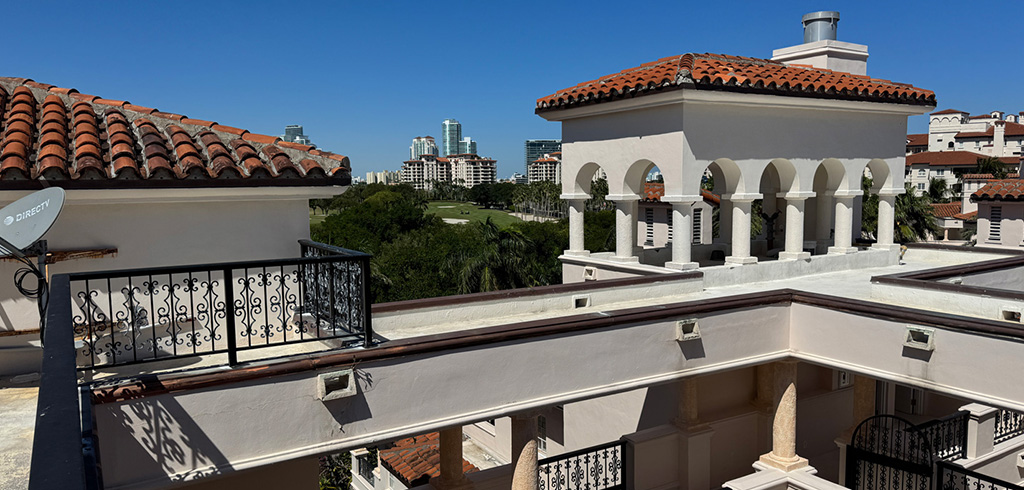Multifamily Vs. Single-Family Construction: 4 Key Differences

When comparing multifamily vs. single-family construction, the differences go far beyond how many people live on the property. These two housing types follow different construction approaches, land use guidelines, and long-term planning needs.
Knowing the contrast can help developers, investors, and property owners make smarter decisions at every stage.
Multifamily Vs. Single Family: Building Footprint and Land Use
The first visible difference is scale. Single-family homes sit on individual lots, often surrounded by yards. Multifamily structures, such as duplexes or apartment complexes, house multiple units within the same building or adjacent ones. That shift affects every part of planning, from grading to utilities to stormwater control.
Land use is more intensive in multifamily builds. Zoning regulations often dictate minimum distances between buildings, parking requirements, and shared access points. In contrast, single-family homes usually have private driveways and garages.
To better grasp how a specific site could handle a larger build, engineering services and assessments help evaluate constraints like soil conditions, drainage, and topography.
Infrastructure and Systems Planning
From HVAC to plumbing, multifamily projects require shared systems across units. That often means designing with vertical and horizontal stacking in mind. Developers must consider the layout of internal utilities, making space for corridors, ducts, and shared walls that won’t impact unit livability.
In single-family homes, every structure functions independently. While that simplifies construction, it often increases land costs due to lower density. It also means each home may require its own service lines, driveways, and stormwater paths.
Electrical planning also differs. Multifamily buildings typically have a master system with subpanels for each unit, while single-family homes have independent service connections. The larger scope of shared utility design calls for early consultation and construction monitoring to avoid costly revisions.
Maintenance and Long-Term Considerations
Multifamily buildings are often managed by associations or property management teams. That requires a more systematic approach to maintenance, inspections, and future planning. Shared walls, roofing, and systems mean that a problem in one unit can also affect others quickly.
In contrast, single-family properties leave most upkeep to the homeowner. That makes it easier to deal with repairs as they arise but can lead to inconsistent standards across a neighborhood.
Owners of multifamily buildings often conduct periodic assessments and reserve studies to anticipate long-term repair needs, especially for roofs, balconies, and foundations.
If you’re wondering what’s the difference between single family and multifamily homes in terms of future risk, start by evaluating how problems are likely to spread. A leaking pipe in one unit of a multifamily property might affect several others, while a single-family home will contain the issue.
Building Type Shapes Every Detail
In the debate of multifamily vs. single family, the construction method shapes more than just how many families live on a property. It influences land use, utility planning, maintenance, and long-term investment value. These differences impact not only initial costs but also how well a building serves its residents over time.
Stone Building Solutions brings experience and insight to every phase of construction and property management. From engineering assessments that identify structural needs to construction monitoring that keeps every project on track, the team works closely with developers, property managers, and HOAs.
Contact us today to move forward with confidence on your next residential build—whether single-family or multifamily.
